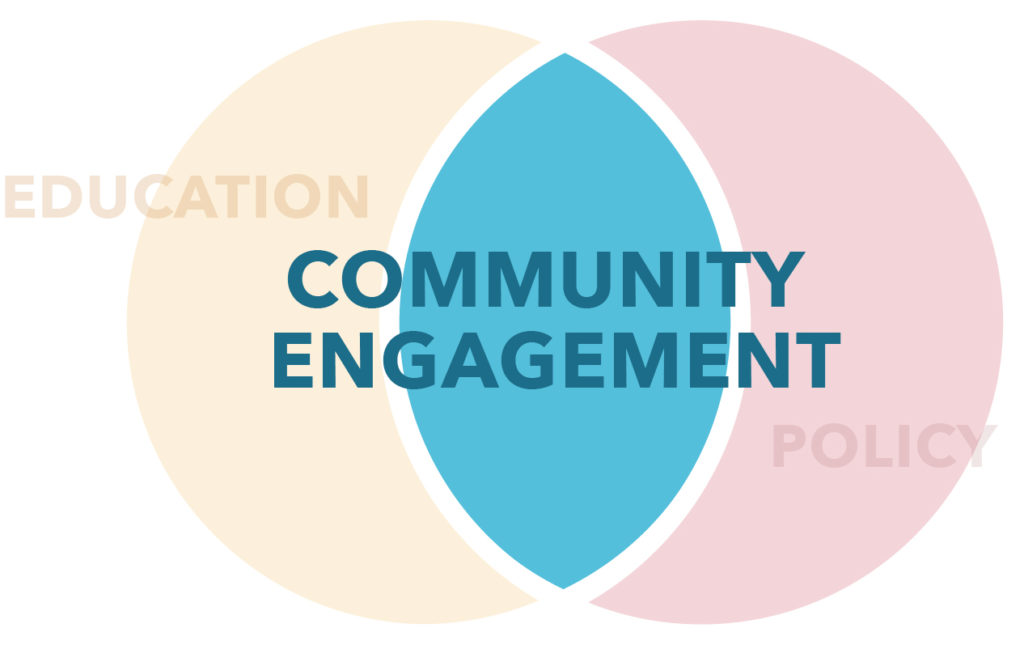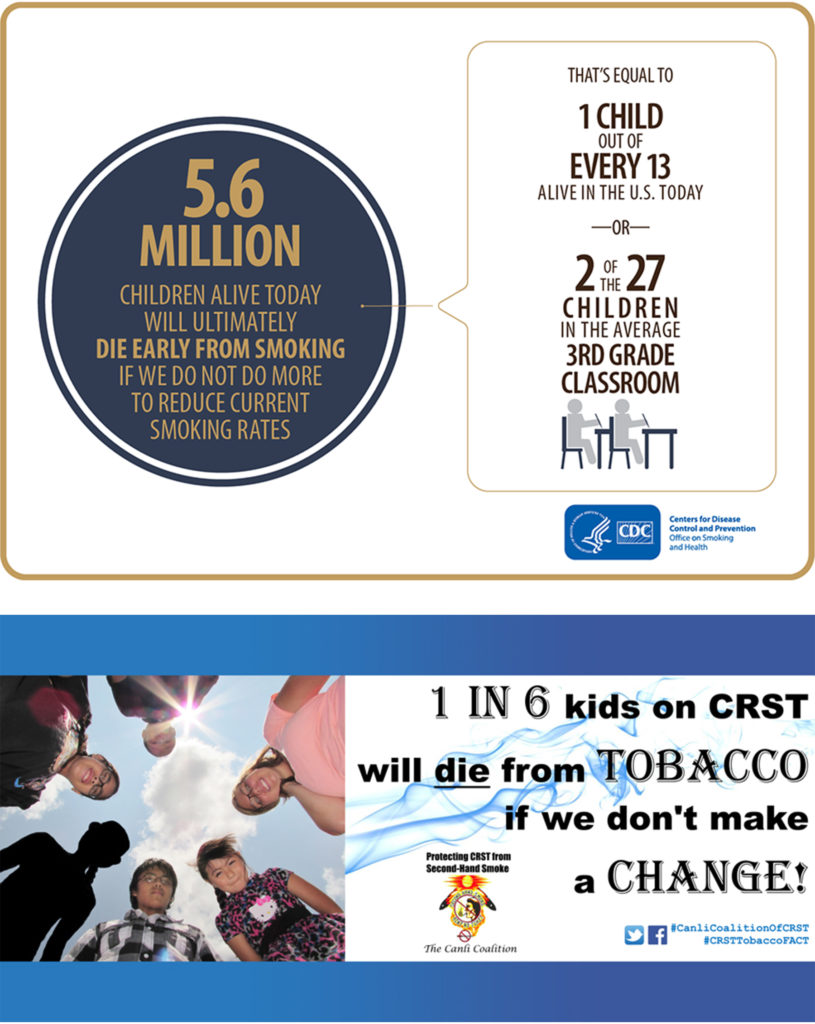While local data is preferred by many tribes, it may not be feasible to obtain. In that case, finding state or national data is the next best option.

Planning
- Identify what data is needed:
- Evidence that your issue is important
- Evidence that there is a problem
- Evidence that your policy will create change
- Search for data from organizations related to your topic of interest (e.g. American Lung Association, American Cancer Society, State Department of Health, etc.). See Resources & Partners for more ideas.
- Search for data from organizations related to your population of interest (e.g. Regional Tribal Epi Centers, National Indian Health Board, CDC Office of Tribal Affairs, other tribes with more experience/data, etc.). See Resources & Partners for more ideas.
- Identify what questions are most meaningful to support your goal.
- Compile the results into a report and share them with coalition and community members, Tribal leaders, and other stakeholders.
Resources
- South Dakota County Health Rankings: overall health and tobacco use in South Dakota
- CDC’s Tobacco webpage: fast facts and fact sheets for each state
- Office of the Surgeon General: national reports and priorities on tobacco and vaping
Follow-up
- What data is missing?
- Did the data lead to a new problem that should become a priority?
What if?
You struggle to narrow down what you’re looking for and feel overwhelmed…
- Just start searching and the convincing data will jump out at you.
- Ask key stakeholders what data would be important to them.
- Attend a conference related to your topic or population.
Hints
- An epidemiologist from your State Department of Health or a University is a great resource.
- Not everything found on the internet can be trusted—make sure data sources are reliable.
- Create local statistics using national data.
Čaŋlí Coalition Example

- National statistic:
19% smoking rate =
1 in 13 children
will die from smoking
- Local statistic:
51% smoking rate =
1 in 6 children
will die from smoking